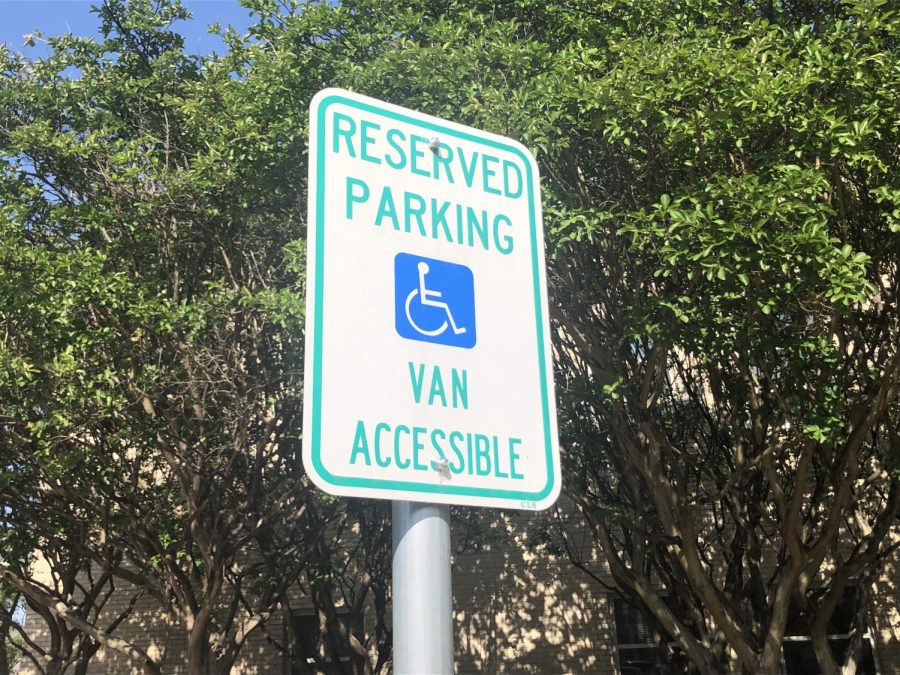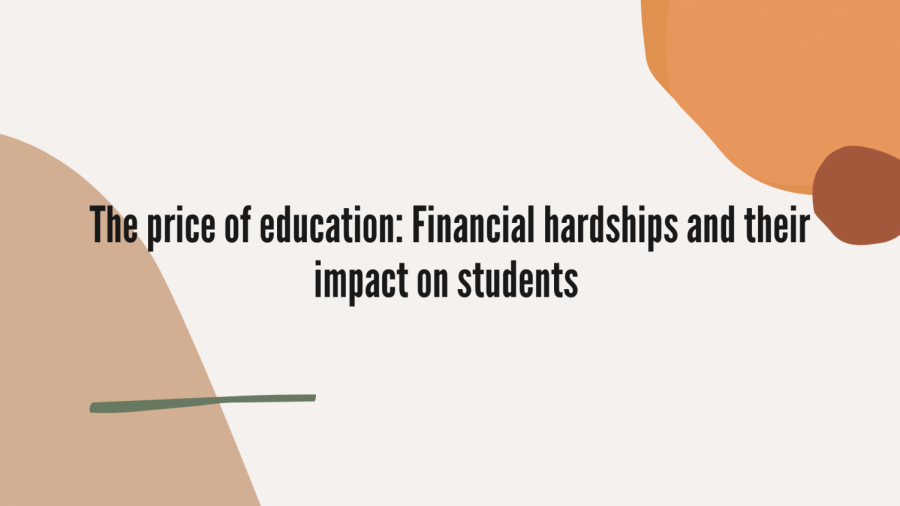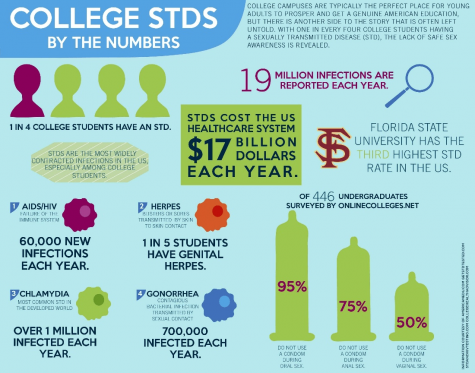The price of education: Financial hardships and their impact on students
When describing her experience at Texas Wesleyan University, senior sociology major Kollyn Payne has dealt with tons of stress, but not as much as the financial consequences of being a college student.
“Every [semester] I stress over how much financial aid am I gonna get this semester? Am I able to afford it?” Payne asked herself. “I would say that the biggest stress factor that I have in my life right now is because of financial stuff. Financial hardships have shaped a lot especially since my parents are becoming too old to be in the workforce, and so that’s extra pressure to get a job after school.”
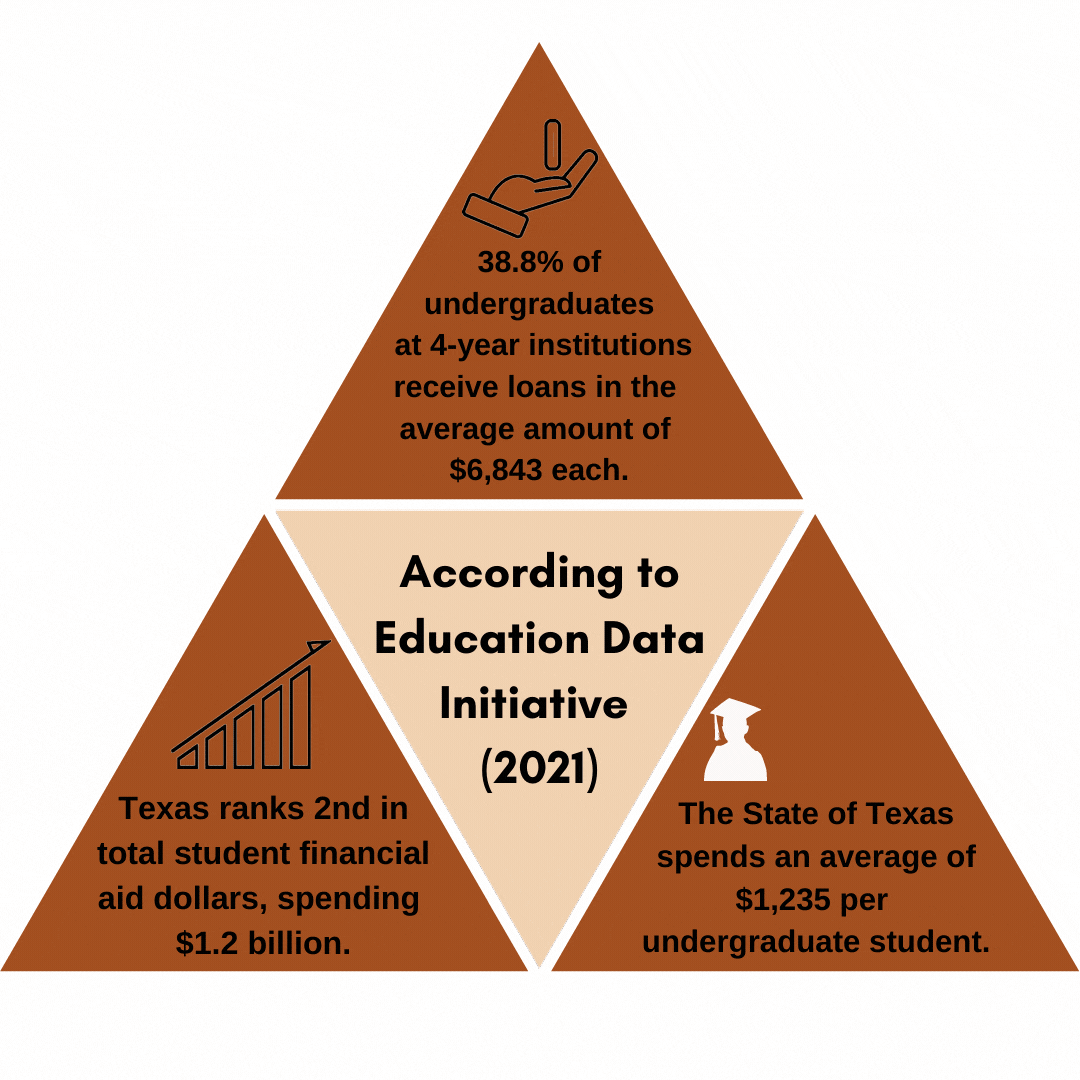
Students in universities across the United States deal with financial hardships every year leaving them with loans to pay back, mental health problems and even decisions leading them to drop out of college completely.
Hope Ellis, one of the financial aid counselors at Texas Wesleyan, responded in an email stating that, because of COVID-19, “some parents [have] lost their job so now they are not able to pay their student’s balance because they no longer have jobs.”
According to a financial stress test by The Hechinger Report, roughly 1,360 colleges and universities have seen declines in first-year fall enrollment since 2009 due to financial problems, including about 8000 four-year institutions.
In the four years she has been at the university, Payne describes her financial experience as bittersweet.
“Texas Wesleyan has been really generous with their financial aid in my respect,” said Payne, “but they do delay in releasing funds. They take time in validating my registration and because of that my work-study doesn’t get through until a month after the semester starts.”
The COVID-19 pandemic has also left a hole in the pockets of many Americans. Those who have faced the most challenges are families with college students.
Although there have been challenges with the system, Texas Wesleyan offer opportunities to students needing financial assistance such as the Higher Education Emergency Relief Fund, (HEERF).
An email by Dennis Hall, the Vice President for Student Affairs and Dean of Students, stated the program “was created by Congress as part of the Coronavirus Aid, Relief, and Economic Security (CARES) Act.”
Payne mentioned that she took advantage of these additional resources not only for her educational expenses, but also to help her family.
“So thankfully I was able to qualify for the HEERF,” said Payne. “It doesn’t necessarily have to go towards your tuition. Even though I used some of the money I received, a lot of it I gave to my parents to help with bills or whatever.”
This podcast breaks down financial hardship, starting with what students think it is and comparing it with online sources. Lastly, the podcast provides information about FAFSA and on-campus resources for students facing hardship. Podcast by Nicholas Hains
Outside Expenses Add to the Issue
Financial hardship can take form in multiple ways – a student can still be affected or struggling with it even if their tuition and fees have been handled. There are numerous other expenses a college student must deal with, like living expenses, transportation, food, and other standard bills.
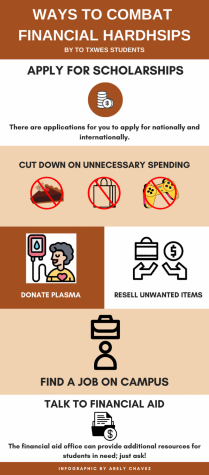
Financial hardship can take form in multiple ways – a student can still be affected or struggling with it even if their tuition and fees have been handled. There are numerous other expenses a college student must deal with, like living expenses, transportation, food, and other standard bills.
Most students who are faced with these difficulties decide to get a job, which can create an often-challenging balance of work and classes.
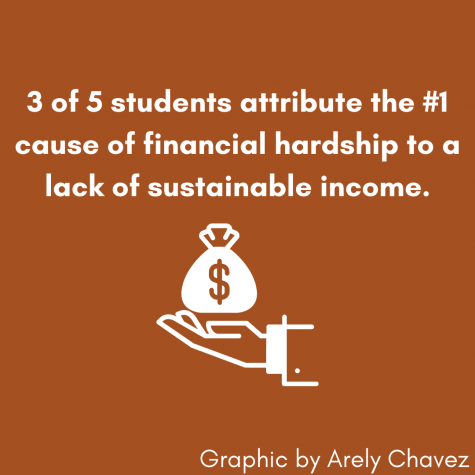
Payne said she is thankful for the opportunity to have a work-study position on campus that helps pay her tuition.
“Thankfully I was able to ask if I was qualified for work-study on campus,” Payne said, “so I’ve been working at the library here.”
While this might solve or reduce most of their financial troubles, it can also cause a great deal of stress, anxiety, and fatigue.
Stemming from these mental health issues might come a decline in a student’s motivation to put their highest effort into classwork. This is just one of many problems that are caused by financial hardship and its effects.
Possible Sources of Financial Assistance
A significant help in assisting students suffering from financial hardship are schools’ financial aid programs. Texas Wesleyan’s program is no different – each year, it awards student scholarships in funds that come from either the school itself or outside sponsors.
The Office of Financial Aid can assist students in receiving help from other sources as well. This can come in various forms – loans and grants are the two most often seen outside of scholarships.
The financial aid office also encourages students to begin the financial aid process by applying to FAFSA, a source of federal funding. Depending on a student’s current financial situation, the amount of money they receive can vary year by year.
According to the Education Data Initiative, 86% of college students receive at least some form of financial aid, but almost $2 billion in federal funding is left unclaimed each year. Comparing 2021 to previous years, the number of students who accept financial aid is steadily increasing by ~0.09% each year.
This unclaimed federal money is possibly due to either students’ lack of awareness of FAFSA or students choosing not to apply for it at all. Only about 66% of students apply for FAFSA each year when this program could assist in funding many more students’ educations.
Of the students who apply and are awarded federal aid, the average grant given to undergraduate students totals a little over $5,000. This does help in reducing a significant amount of most schools’ tuition costs, but there are still many students who do not have the ability to pay the remaining expenses. This is where it becomes important to apply for scholarships, both from an educational institution and from external sources/sponsors, in addition to FAFSA. This helps alleviate the financial burden.
Many students face financial hardships when trying to get through college. Texas Wesleyan students share how they have combatted their financial hardships to advise students who may be in similar situations. Video by Tatiyana Giddings
Facing Financial Hardship and moving Forward
Whatever it may look like, depending on the student’s situation – financial hardship can be a very overwhelming and mentally compromising experience. Simultaneously sorting through these financial obligations while attempting to perform well in classes makes it even more difficult for students.
Since tuition is likely the most expensive item causing this stress, students might be motivated to sacrifice a life goal or career aspiration in order to solve this frustration, but there are many avenues to be explored that could help students in supporting their education, including family.
Payne said the support she has received from her family is the most rewarding.
“They’ve helped me a lot in that aspect,” Payne added. “Even if they tell me I can’t support myself through a certain semester, [they say] I’m gonna figure out my way after that. That kind of reassurance is really helpful.”

Tatiyana is the director of Rambler Tv. She is a senior at Texas Wesleyan University, who is majoring in Mass Communication and minoring in Business....





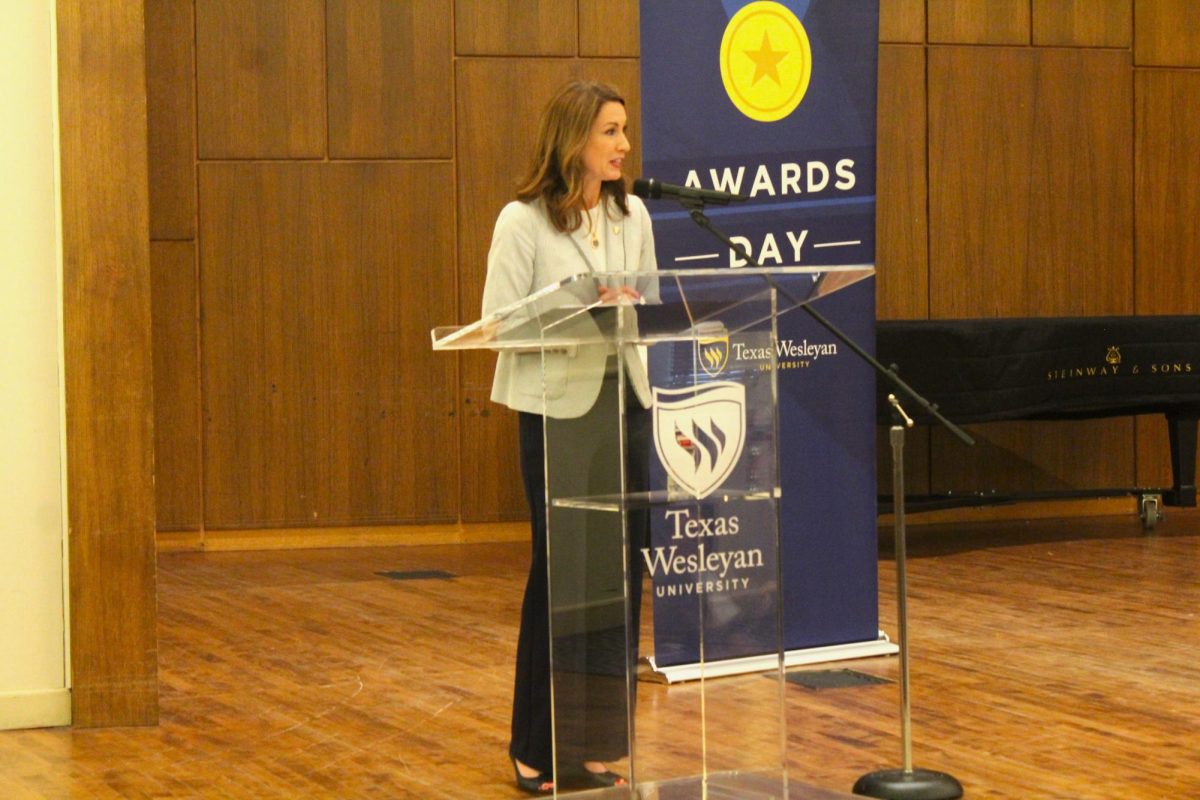
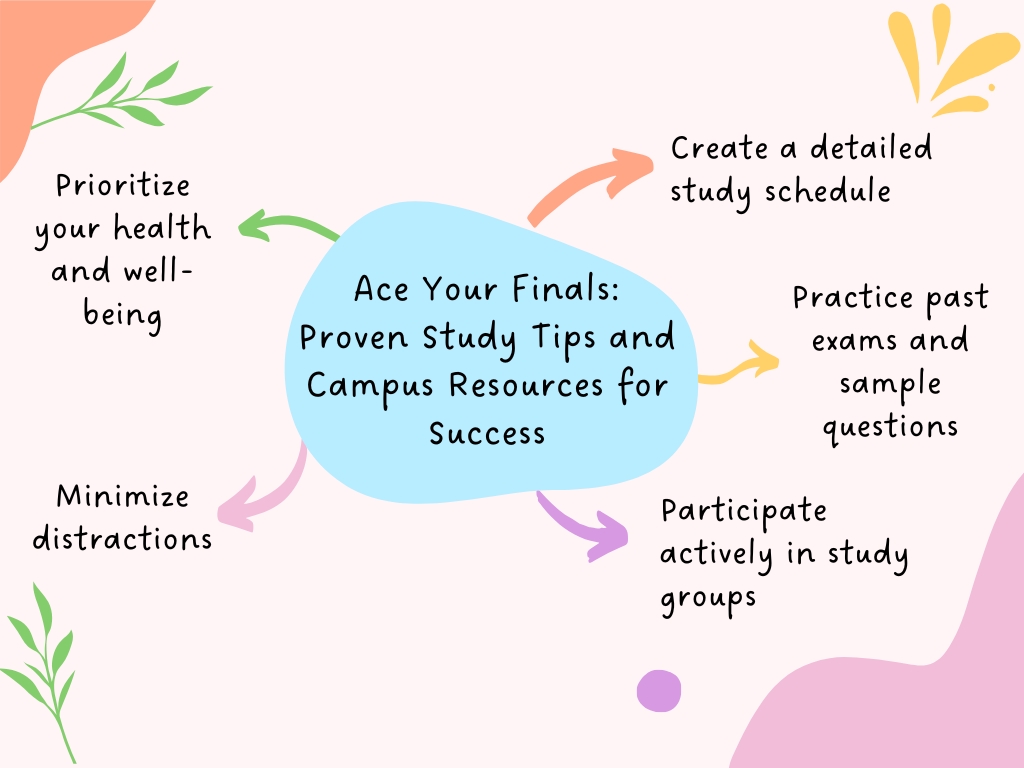


![Pippin, played by Hunter Heart, leads a musical number in the second act of the musical. [Photo courtesy Kris Ikejiri]](https://therambler.org/wp-content/uploads/2025/04/Pippin-Review-1200x800.jpg)
![Harriet and Warren, played by Trinity Chenault and Trent Cole, embrace in a hug [Photo courtesy Lauren Hunt]](https://therambler.org/wp-content/uploads/2025/02/lettersfromthelibrary_01-1200x800.jpg)
![Samantha Barragan celebrates following victory in a bout. [Photo courtesy Tu Pha]](https://therambler.org/wp-content/uploads/2025/05/20250504_164435000_iOS-834x1200.jpg)





![Hunter Heart (center), the play's lead, rehearses a scene alongside other student actors. [Photo courtesy Jacob Sanchez]](https://therambler.org/wp-content/uploads/2025/04/thumbnail_IMG_8412-1200x816.jpg)
![Student actors rehearse for Pippin, Theatre Wesleyan's upcoming musical. [Photo courtesy Jacob Rivera-Sanchez]](https://therambler.org/wp-content/uploads/2025/04/Pippin-Preview-1200x739.jpg)
![[Photo courtesy Brooklyn Rowe]](https://therambler.org/wp-content/uploads/2025/05/CMYK_Shaiza_4227-1080x1200.jpg)

![Lady Rams softball wraps up weekend against Nelson Lions with a victory [6 – 1]](https://therambler.org/wp-content/uploads/2025/04/Screenshot-2025-04-04-100924-1200x647.png)








